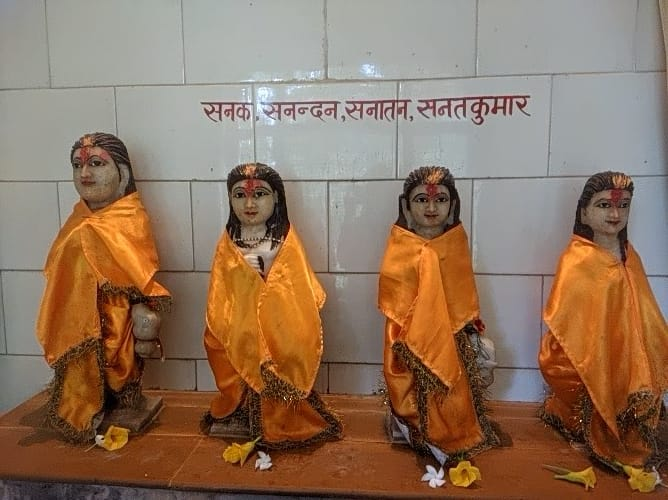A prominent and historical part of Bundelkhand, Seondha is located forty kilometers north of district Datia in the state of Madhya Pradesh. The shores of the river Sindh occupy the small town’s perimeter and lend it natural wonders not easily found elsewhere in the region. The powerful flow of the river has divided most of the fertile land in 400 by 400 ft. deep moors that make it unsuitable for agricultural purposes. A large fissure has also divided Seondha in two parts. However, it were these dangerous moors and contested terrain that protected Seondha from enemies up until the eighteenth century.
Less than 1 kilometer from local population, fierce waves of the river Sindh have naturally chiseled a scenic waterfall with great dexterity. This waterfall is called ‘Sankua’. It is widely known that the large amount of water falling from a 12 feet height, forming a bow-like structure, was called ‘Sanat-koop’ (the well of Sanat-kumars) before undergoing slight changes and being called Sankua.
The story of the Sanat-kumars goes as follows- The second chapter of Padma Puran depicts the four Manas putras of Lord Brahma, born from his consciousness, were called Sanak, Sanandan, Sanatan, Sanatkumar. They vowed celibacy in their early years and went on a meditative journey across various worlds. They settled near Seondha for solitude and tapasya. When the bodies of the young Brahmans got overheated from meditating, the sought water where no water was to be found. So, they dug four wells, one for each, to quench their thirst. When water didn’t rise up, the Sanat-kumars invoked the river Sindh. “The river by the name of Sindh was flowing from Chandpur to the north when the young sages called her. As a result, the river changed her path and came to fill up the wells dug by the sages with a deafening thunder.”

It is said that the Sindh water extinguished the fire within the sages’ consciousness. The place where the water falls is called Sanat-koop or Sankua or the well of Sanat-kumars. It is further said that the various flora getting mixed with the river water turns it into the elixir of immortality. Padma Puran also mentions that bathing in the river water bestows a sun-like glow to the body. Even a disease like leprosy can be cured. There are many more beliefs surrounding the mythical legend of the medicinal qualities of the water. The royal family of Datia used to get its water transported to the fort for this very reason.
The rocks beneath the waterfall have been cut and made into caves. The river flows vigorously above them and creates the illusion of the caves having gates made up of the fierce flowing water. The caves are pleasantly cool during the summer months. The residential side of the river houses a 53 feet high Kali Mata temple. The kalash above this temple is a mark of dangerous waters during peak rainy season. There is a Shiva temple on the side with a “Gomukh”. There is a continuous singular wave that reaches Shiva from the “Gomukh”. Moving on, there are natural balconies and constructed ghats. There were made on the orders of Seth Shivpal, grandson of Seth Manikchand of Delhi. It is said that this Marwadi Seth was a close aquaintance of Bahadurshah Zafar, the last Mughar ruler. Shivpal fled to these shores after the British occupation over Delhi in the year 1857.